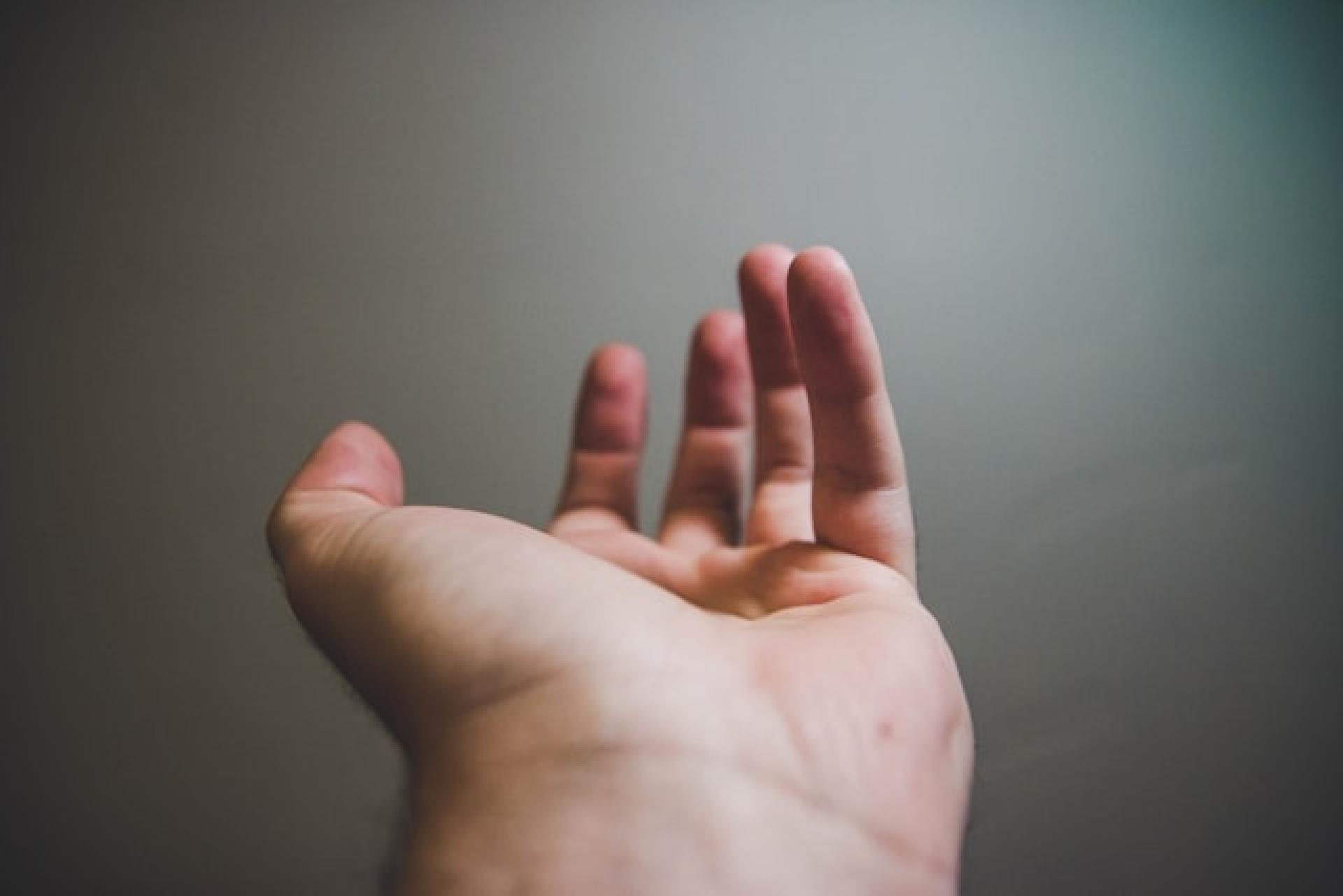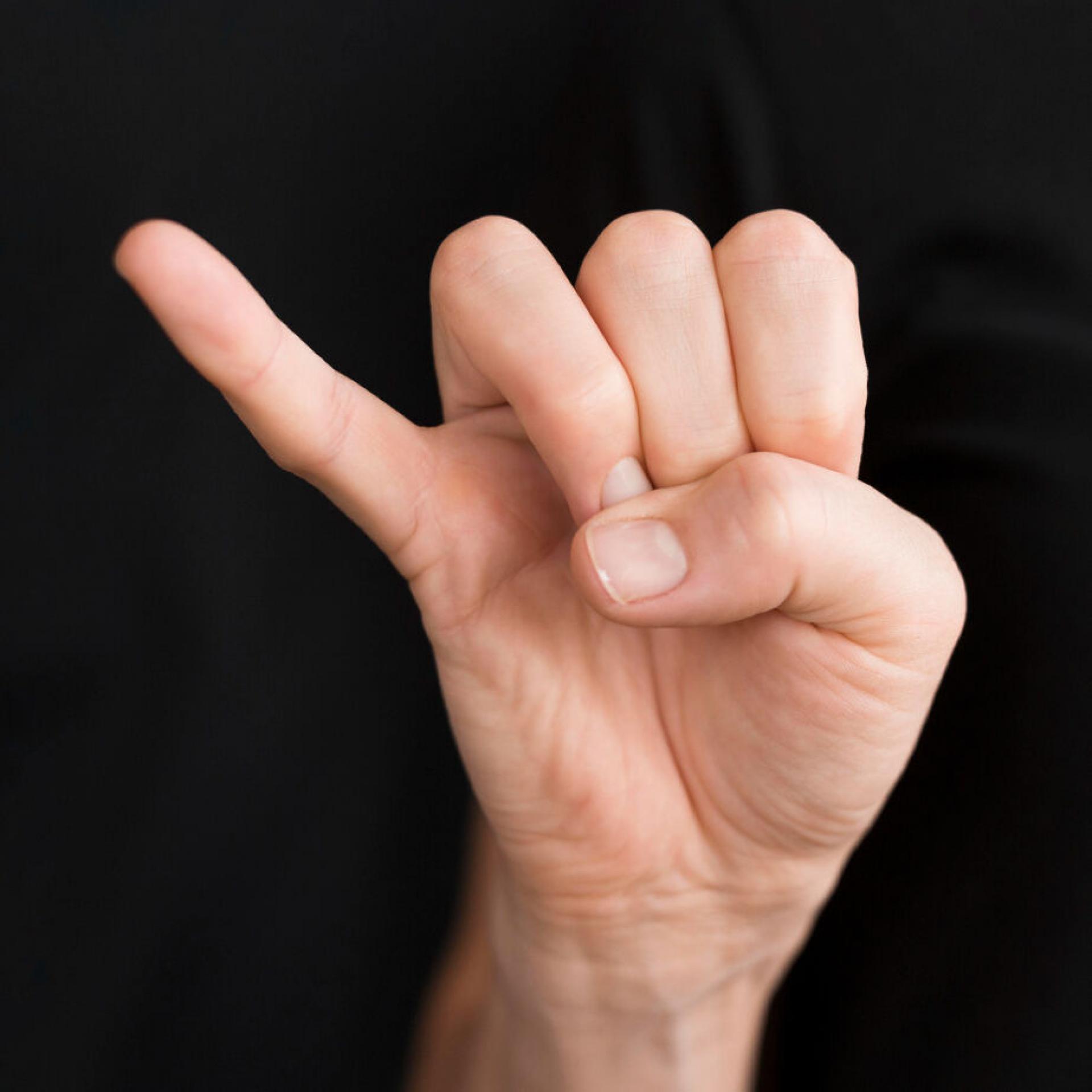Trigger Finger – An Effective Solution for Restoring Mobility
Trigger finger, also known as jump finger or stenosing tendovaginitis, is a health problem that can significantly limit finger mobility and cause pain during everyday activities. This condition, in which the finger “clicks” or gets stuck when moving, affects people of all ages and can complicate common tasks such as writing, grasping objects, or playing sports. At Estetika Plus, we offer a professional surgical solution that effectively removes the causes of trigger finger and returns full functionality to the hands.
What is trigger finger and how does it occur
Trigger finger is a medical condition in which the tendon sheath becomes narrowed, which limits the smooth movement of the tendon in the finger. The tendon, which allows the finger to bend and straighten, gets stuck in the narrowed area, causing the characteristic “clicking” or locking of the finger in a bent position. This problem is often accompanied by pain, stiffness and discomfort, especially when trying to straighten the finger. The causes of trigger finger can be various - from repetitive strain on the hand during activities such as typing or manual work, to inflammatory processes or genetic predisposition. We meet with clients who experience this problem as a result of long-term strain on the hands, for example during sports or working with tools, but also in people with rheumatoid arthritis, which can increase the risk of developing this condition. Recognizing the cause is key to choosing the right treatment approach, which is why at our clinic we emphasize thorough diagnostics before proposing treatment.

Symptoms and when to seek help
Snap finger is a condition that can have a variety of symptoms that can significantly affect your daily life and comfort during normal activities. This condition, caused by a narrowing of the tendon sheath, can manifest itself in different intensity and form depending on individual factors such as lifestyle, age or health. Some clients experience a feeling of uncomfortable pressure or sensitivity in the palm area, especially during repetitive movements such as holding a pen, using a phone or handling small objects. Others may experience stiffness in the finger, which is more pronounced in the morning after waking up or after prolonged inactivity of the hand, which can complicate normal tasks. Another characteristic symptom is a “snapping” sensation when trying to move the finger, which can be accompanied by mild to severe pain, especially in people with intense physical activity, such as athletes or workers in manual professions. Symptoms may also vary depending on the affected finger – for example, the thumb may have more severe limitations in gripping objects, while the middle or ring finger may have difficulty with fine motor skills. For some clients, especially those with chronic inflammatory conditions such as rheumatoid arthritis, symptoms may worsen in connection with general inflammation in the body, leading to greater discomfort. The manifestations of this condition vary, which is why we offer a thorough diagnosis that takes into account the specifics of your case. The most common impacts of a trigger finger on life include:
- Limitations in work that requires fine motor skills, such as writing or sewing.
- Difficulty in sports activities such as tennis or weight training.
- Psychological impact due to frustration with limited hand mobility.
These manifestations can disrupt not only physical activities, but also your psychological well-being, as constant discomfort can lead to limitations in social and work activities. Early recognition of these symptoms is key to preventing further deterioration and ensuring a quick solution that will restore full function to your hand.
Treatment options for trigger finger
Treatment for trigger finger can be conservative or surgical, depending on the severity of symptoms and response to initial therapy. In the early stages, non-invasive methods such as resting the hand, using a brace to limit finger movement, or anti-inflammatory medications to reduce inflammation may help. Corticosteroid injections can also temporarily relax the narrowed tendon sheath and reduce pain. However, these approaches do not always provide lasting relief, especially if the narrowing of the tendon sheath is significant or symptoms persist for a long time. In such cases, surgical treatment is the most effective method. This procedure involves making a small incision in the affected finger, through which the surgeon releases the narrowed sheath so that the tendon can glide smoothly again. Our clinic focuses on performing this procedure with precision to ensure maximum safety and a quick recovery.

How the surgery is done
A surgical solution for a trigger finger is a simple and quick procedure that takes about 20 to 30 minutes and is performed under local anesthesia, so you will not feel any pain during the procedure. The surgeon will make a small incision in the palm of your hand near the affected finger to gain access to the narrowed tendon sheath. He or she will then carefully release the interfering loop that is preventing the tendon from moving smoothly, restoring full mobility to the finger. Once the sheath is released, the wound is closed with small stitches. This approach is minimally invasive, meaning that recovery is usually quick and clients can return to normal activities within a few days, as long as they follow their doctor’s recommendations. At Estetika Plus, we use modern surgical techniques that ensure precision and reduce the risk of complications such as infection or finger stiffness. After the procedure, we will provide you with detailed instructions on how to care for your hand to help the wound heal quickly and the finger function is fully restored.
Benefits of surgical treatment for trigger finger
Surgical treatment of trigger finger offers a number of benefits that make it the preferred option for clients who have not had success with conservative methods. This procedure offers a permanent solution to the problem, as the release of the tendon sheath eliminates the cause of the tendon entrapment, preventing the recurrence of symptoms. The main benefits include:
- Immediate relief from pain and stiffness, allowing free movement of the finger.
- Minimally invasive, which makes recovery quick and scarring minimal.
- Improved quality of life, thanks to the restoration of full functionality of the hand for daily activities.
At our clinic, we emphasize that each procedure is performed with the utmost care and precision, ensuring long-term results and client satisfaction. The surgery is suitable for a wide range of patients, from those suffering from mild symptoms to those with advanced problems, and offers an effective solution without the need for repeated interventions.
Risks and prevention of complications
Prevention of complications during trigger finger surgery is a key element in ensuring a successful outcome and a quick recovery, and at our clinic we approach this with the utmost care through precise diagnostic procedures, a highly qualified team, and techniques aimed at minimizing the load on the tissue. Before starting the procedure, we perform a detailed diagnosis, which includes a clinical assessment and any additional tests, in order to accurately identify the extent of the narrowing of the tendon sheath and exclude other factors that could affect the course of the procedure, such as hidden inflammatory processes or tissue abnormalities. This process allows us to create a customized surgical plan that takes into account the specifics of your medical condition and ensures that the procedure will be as effective and safe as possible.
Our surgeons have extensive experience in plastic surgery and use techniques that minimize trauma to the surrounding tissue, such as precise targeting of the affected area to reduce the load on the muscles and tendons. This approach not only increases the safety of the procedure, but also promotes faster healing by reducing unnecessary tissue irritation. During the procedure, we emphasize gentle manipulation, ensuring that the tendon sheath is released with maximum precision, reducing the likelihood of damage to surrounding structures. In addition, we use high-quality surgical equipment that is regularly inspected and maintained to the highest standards to ensure its reliability and safety. This comprehensive approach to preventing complications gives you the confidence that your trigger finger surgery will go smoothly and allow you to quickly regain full mobility of your hand with minimal risk of adverse consequences.
Trigger finger surgery is generally considered a safe and effective procedure, but like any surgical procedure, it can carry certain risks that are important to be aware of so that you are fully informed about the possible complications. Although these complications are rare, they can include damage to the small blood vessels in the area of the operation, which can lead to the formation of a hematoma or local bruising, which can cause temporary discomfort in the hand area. Some patients may experience limited finger mobility due to scar tissue formation that can stiffen the tendon or surrounding structures, which can temporarily make it difficult to use the hand fully for fine movements such as writing or gripping small objects. Rarely, irritation of adjacent muscle fibers may occur during the procedure, which may result in mild weakness in the finger or palm, especially in patients with previous hand injuries. In addition, there is a minimal risk of postoperative neuropathy, which is a temporary disruption of nerve function, manifested by decreased sensation or a burning sensation around the surgical wound. These complications are rare, but it is important that patients are aware of these possibilities before the procedure.
Regaining functional independence in the hand
Surgery for a trigger finger offers a unique opportunity to restore full hand function and achieve independence in daily activities that require precise finger movement. This procedure is carefully tailored to your individual needs, whether you are a professional who needs a hand for detailed work or someone who wants to be able to perform everyday tasks such as writing or handling small objects without difficulty. At Estetika Plus, we emphasize that the result of the procedure fits your lifestyle, whether it is active sports activities or simple household tasks such as buttoning. This approach ensures that you can count on a lasting improvement that strengthens your ability to perform activities without restrictions and promotes overall well-being. The operation allows you to prevent further complications associated with long-term limitations in hand function, giving you the freedom to live without compromise. Our experts are ready to create a solution that respects your unique requirements and help you restore full hand functionality with an emphasis on precise care.
Do you long for a life without the limitations caused by finger dysfunction? Contact us.
